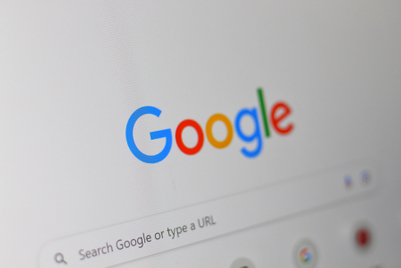.png&h=570&w=855&q=100&v=20250320&c=1)
Campaigns from tech companies ranging from Bumble to Google to Apple have drawn backlash for different reasons, but they all have something in common: they were created in-house.
The furore started back in April when dating app Bumble pulled a campaign that was pilloried for using what many of its core users perceived as anti-celibacy language and putting the onus of poor dating experiences on women.
A few weeks later, Apple found itself in the crosshairs of the creative community after releasing Crush!, an ad for the iPad Pro that depicted a hydraulic press flattening items of creative significance, from typewriters to paint cans. Many found the ad disturbing and dystopian. Apple apologised, admitted that the work “missed the mark,” and pulled it off TV.
But Apple was back in the spotlight a few short months later for an ad released on social media as part of its Underdogs series, which was criticized for portraying Thailand, where it was set, in an outdated and stereotypical way.
Then there was the uproar around Google’s Dear Sydney, which was admonished for depicting a father using Gemini AI to help his daughter write a letter to her Team USA idol, Sydney McLaughlin-Levrone, and pulled from TV.
This is not the first time in-house campaigns have come under public scrutiny. No one can forget the Pepsi Kendall Jenner ad from 2017.
I’m not saying these campaigns flopped because they were made in-house. Many of the best campaigns today are. From Duolingo to Liquid Death, in-house marketing teams are creating fast, agile, reactive, entertaining and funny work that resonates with consumers.
There is real value to having a strong in-house marketing team. In-house talent knows the brand inside and out and lives and breathes the company culture. They understand the business strategy and marketing’s role within it. In-housing certain assets such as data and analytics that require technology investment to support the execution of those strategies makes sense.
In-housing is also a result of pressure on marketing departments to drive efficiencies. According to a 2023 study from the World Federation of Advertisers, 83% of large multinationals cited price as the top motivation for bringing marketing resources in-house. Perhaps that’s why 66% of these brands have in-house agencies, up 16% since 2020.
But I can’t help but look at these four campaigns as examples of what happens when in-house teams lack the external perspective of an agency partner. It’s a cliche I hear a lot, but if these blunders are any example, brands really do need the diverse and outside viewpoints of an agency to add cultural resonance to their work.
The disconnect could come down to how in-house teams evaluate their own work versus that of their agencies. The WFA study found in-house agencies focus on outputs, with the top three KPIs being quality of work (67%), speed to market (47%) and cost savings (40%), whereas agencies are graded against creative effectiveness.
In the cases of Google and Apple specifically, these companies face a difficult challenge in getting consumers to adopt new AI technology at scale as many fears still linger around what automation means for our lives and livelihoods. Getting the tone right and striking the right chord with consumers is critical as we get comfortable with this next iteration of technology.
These challenges are even more reason to bring on board an agency partner that can gut check your ideas and bring in objective, cross-category expertise. It’s a value only agencies can bring to the table—and marketers forget that at their own risk.



.jpg&h=334&w=500&q=100&v=20250320&c=1)
.jpg&h=334&w=500&q=100&v=20250320&c=1)
.jpg&h=334&w=500&q=100&v=20250320&c=1)



.png&h=334&w=500&q=100&v=20250320&c=1)

.png&h=334&w=500&q=100&v=20250320&c=1)



.png&h=268&w=401&q=100&v=20250320&c=1)
.jpg&h=268&w=401&q=100&v=20250320&c=1)



